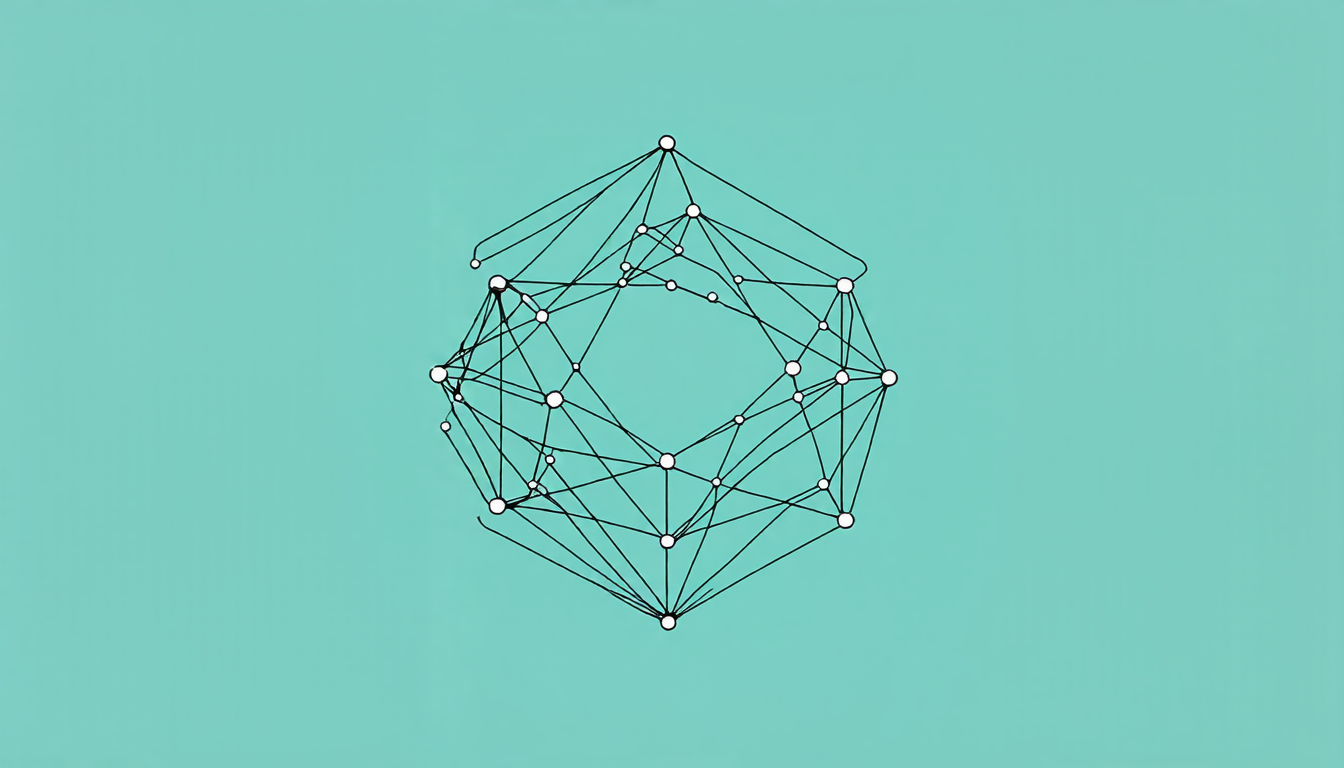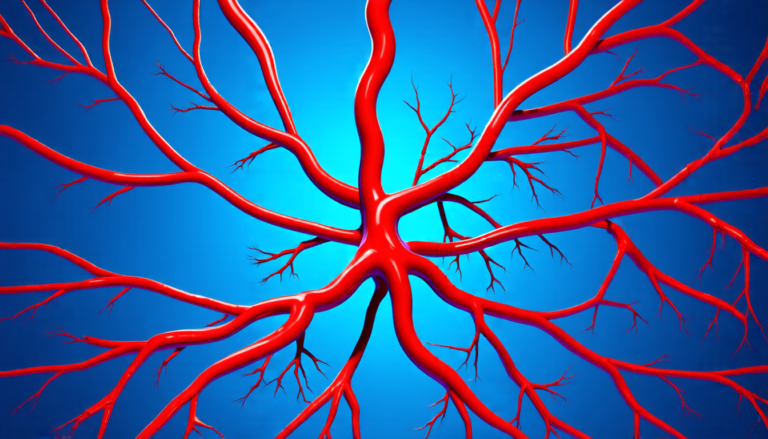Saturday 22 March 2025
The mathematical underpinnings of neural networks have long been shrouded in mystery, with researchers struggling to understand how these complex systems can accurately represent and learn from vast amounts of data. A recent breakthrough has shed new light on this phenomenon, revealing a deep connection between the structure of neural networks and the properties of polytopes – geometric shapes with flat faces.
The key discovery comes from a mathematical framework that describes the volume of polytopes in terms of their mixed volumes. Mixed volumes are a measure of how much one polytope overlaps with another, and they play a crucial role in understanding the behavior of neural networks. The new framework shows that the volume of a polytope is determined by its mixed volumes with other polytopes, which can be used to predict the performance of a neural network.
One of the most fascinating aspects of this research is the way it highlights the importance of depth in neural networks. In traditional machine learning models, increasing the number of layers typically leads to improved accuracy, but the underlying mechanisms behind this phenomenon have been poorly understood. The new framework provides a clear explanation for why deeper neural networks are often more effective, revealing that the added complexity allows them to better capture and represent complex relationships between inputs.
The implications of this research are far-reaching, with potential applications in fields such as computer vision, natural language processing, and robotics. By developing more sophisticated mathematical tools for analyzing neural networks, researchers can create more accurate and efficient models that are better equipped to tackle the challenges of artificial intelligence.
One area where this research is likely to have a significant impact is in the field of quantization, which involves reducing the precision of neural network weights and activations to make them more suitable for deployment on resource-constrained devices. The new framework provides a powerful tool for analyzing the effects of quantization on neural network performance, allowing researchers to optimize their models for specific hardware platforms.
The study’s findings also have important implications for our understanding of the human brain. Neural networks are often used as a model for the way our brains process information, and the discovery of a deep connection between polytopes and neural networks provides new insights into the underlying mechanisms that govern this processing.
As researchers continue to explore the mathematical underpinnings of neural networks, they are uncovering new and powerful tools that can be used to improve the performance and efficiency of these models.
Cite this article: “Deciphering the Geometry of Neural Networks”, The Science Archive, 2025.
Neural Networks, Polytopes, Machine Learning, Artificial Intelligence, Computer Vision, Natural Language Processing, Robotics, Quantization, Brain Processing, Mixed Volumes







